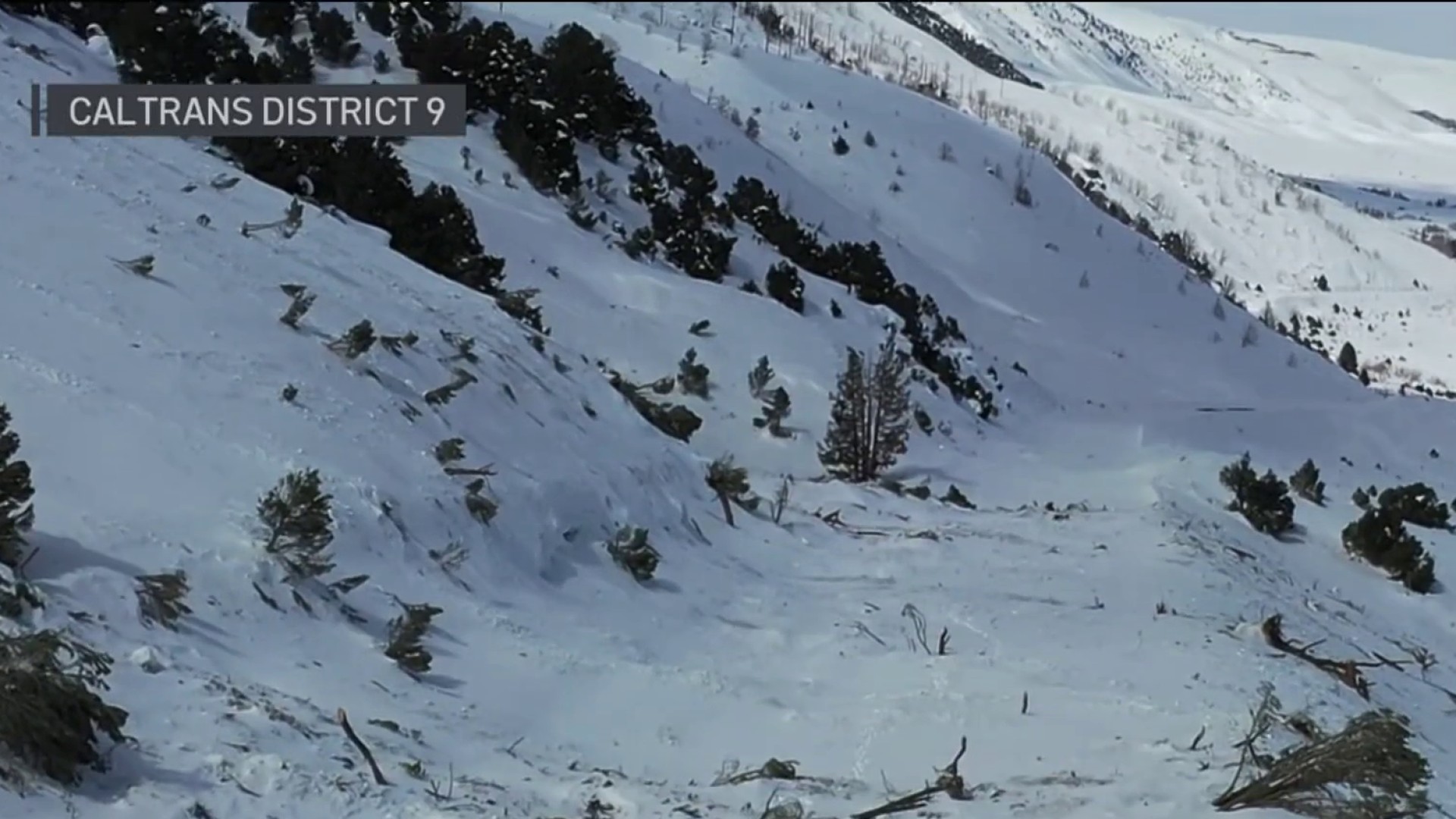The consecutive storms that have battered the Sierra Nevada have added up to huge gains in California’s snowpack and it appears researchers are finding more than just snow, they’re finding traces of microplastics.
"So far, we have found some microplastics in some of our snow samples. We still have a lot of work to do," said Monica Arienzo, an associate research professor in hydrology at the Desert Research Institute in Reno.
Arienzo is taking a close look at the snowpack in the Sierra Nevada Mountains.
“The reason why we want to study the snow is cause is an excellent recorder of what is going on in the atmosphere. And we really want to know if these pollutants are present in the atmosphere and then, making their way into our snowpack,” she said.
Lately, they have a lot to contend with in collecting samples. The Mar. 3 snow survey at Phillips Station showed the continued impact of storms and atmospheric rivers.
Each sample in the study takes about a week to analyze.
"This year there has been so much snow in the Sierra, it's going to take me quite a bit of time to get through it all," Arienzo said.
It raises the question of how microplastics are ending up in the snow.
"What we think its happening is it's known that some pollutants can actually be deposited with the snow as the snow falls. So essentially as the snow falls through the atmosphere, it collects pollutants like microplastics," Arienzo added.
Get a weekly recap of the latest San Francisco Bay Area housing news. >Sign up for NBC Bay Area’s Housing Deconstructed newsletter.
California is leading the way in understanding microplastics in key water resources.
"To test these water resources to understand presence of microplastics. So, our study is one piece of this much bigger puzzle of understanding microplastics in the environment." Arienzo said.
The study is in it’s second year and it’s a five year project with much more to explore.
"Not only looking at microplastics in the snow, but looking at how those microplastics may be moving from our snowpack to our streams and rivers and into our water resources,:" Arienzo explained.




